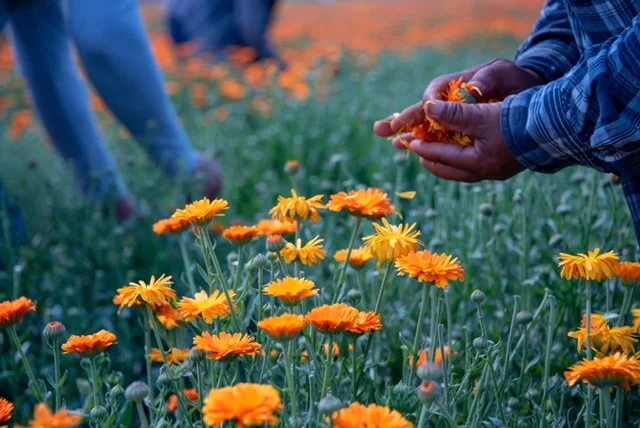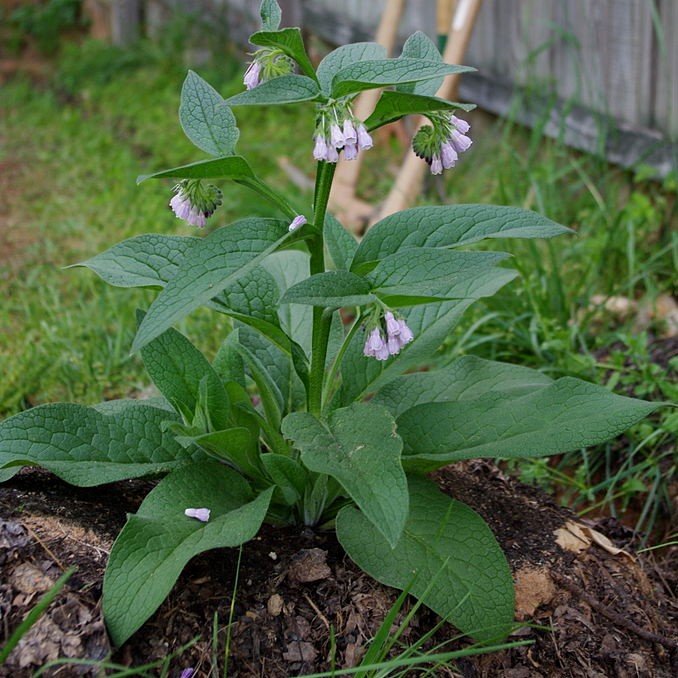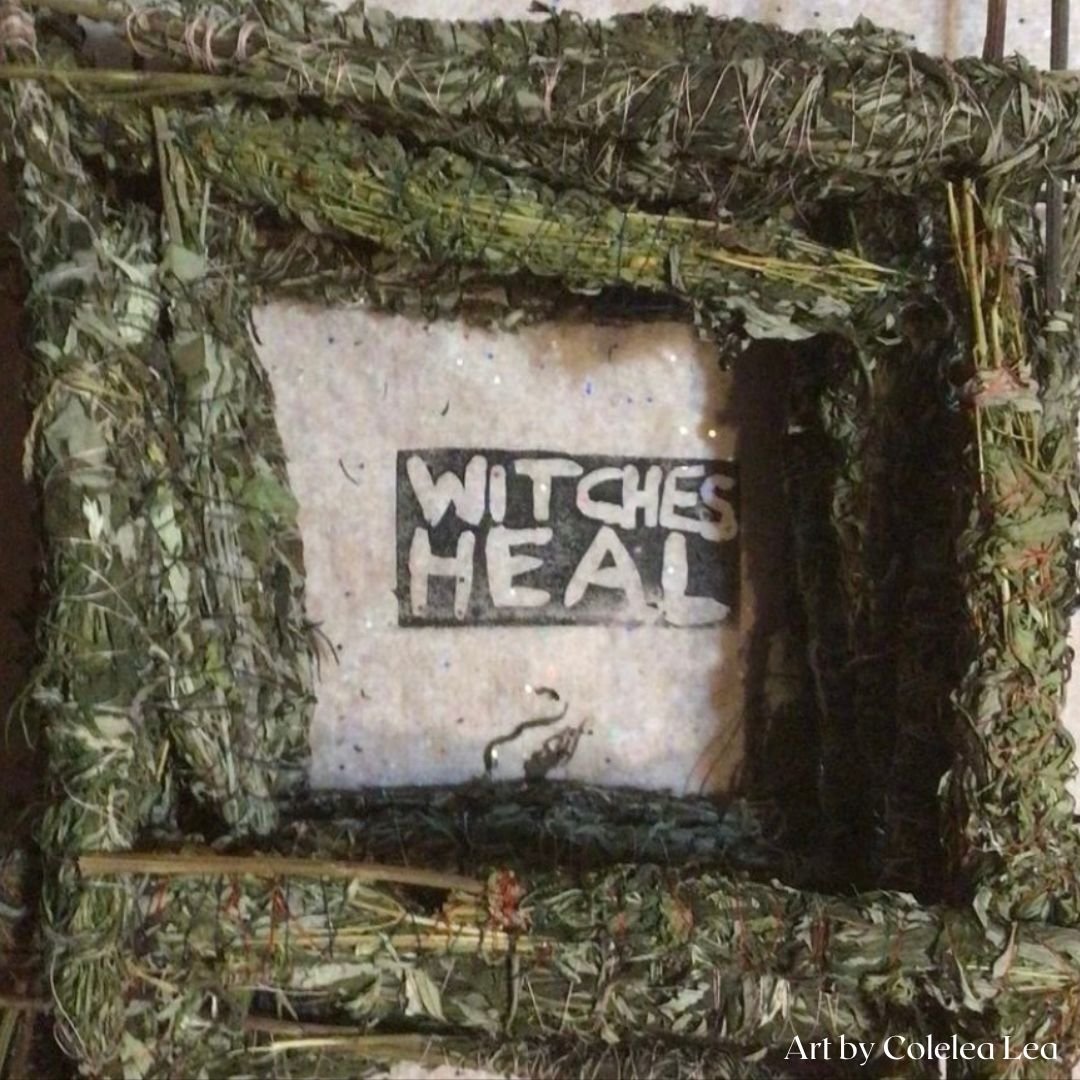Healing Ourselves
It has become paranormal to believe that we are healers. Paranormal—meaning aside or beyond the normal—is a separate reality, a parallel universe existing alongside or beyond one’s own experience.
Self-care, thoughtful listening to my body, and a healthy lifestyle of fresh food, lots of water, regular sacred ceremony, going to alternative medicine practitioners, and living in a rural, beautiful place with a slow pace attuned to nature has given me near perfect health (no diseases, broken bones, or medical emergencies) for fifty-four solar returns. Monitoring one’s mind, body, and spiritual health through laughter, joy, and seeking miracles every single day leads to a wholesome life. I’m living proof of that.
It’s considered crazy—beyond normal—to say that we can heal ourselves. Most of us have outsourced our healing to a medical doctor. Etymologically, the word “doctor” originates in the word “teacher.” Doctors were originally meant to teach us how to improve our health by educating us about how we can kick start our body’s innate ability to heal itself. Doctors cannot fix us or heal us. Only we can do that. Fortunately, herbs enjoy assisting human development and are our greatest allies for total health.
I practice Ritual Herbalism, the art and craft of listening to the spirits of my plant allies, for empowerment through healing the mind, body, and spirit. Plant medicine guides me to wholeness by radiating its devic (derived from devas) energy. In other words, the herb’s spirit or deva, calls out to me and entices me into its realm, whether that is for healing, nourishment or restructuring.
Calendula and comfrey recently came to my aid when the hydronics of a four-hundred-pound snow plow defaulted and dropped on my partner Joey’s toe. He pulled his foot back in the nick of time, but still the plow “gloved” his big toe, breaking it in several places. The doctor snapped the toenail back into place and said to rest…but otherwise “that was it.”
As a witchling raised in Christian Science church, I have always been absolutely convinced in the power and potential of faith healing. Yet despite attending weekly testimonial meetings of miraculous healing, I learned it was definitely paranormal within the larger society to believe that I didn’t have to catch every virus that passed through the classrooms. Like a magician who knows they can shapeshift thought into form, I was taught how to hold the vision of my wholeness, a Divine reflection of the Creative Source. Herbal medicine helped ground that theory into practice.
After the doctor shrugged and simply told Joey that only time would determine whether the toe would heal or would turn black and fall off, it was my turn. I felt the calendula oil calling out to me from my cupboard, eager to be of service.
Calendula (Calendula officinalis) is best known for its ability to heal and strengthen the skin. Its nicknames are Bride of the Sun, Gold Bloom, Pot Marigold, and Summer’s Bride. Associated with the sun, this herb calls upon the sun’s healing power to reinvigorate and pump life force into wounded places. Calendula has anti-inflammatory properties due to its flower’s potent dose of flavonoid, saponins, and triterpenoids, which give calendula the ability to prevent your body’s release of histamines, which can cause redness, pain, allergies, and inflammation. The linoleic acid in calendula oil gives your skin cells the ability to absorb nutrients and hold onto water longer, which can lead to smoother, more supple, and more nourished skin. Applied topically, calendula increases blood flow and oxygen to the skin.
I began by applying the calendula oil on Joey’s calf, then moving down to his ankle. We focused on the region surrounding the wounded toe but not directly on it. Over the next few days, we were able to apply calendula oil on his heel, essentially clearing the highway for the vital white blood cells to reach the wound in the toe, an extremity furthest away from the heart. Once we reached Joey’s the metatarsals of his foot, we added comfrey oil, eventually saturating the toe in healing oil.
Comfrey (Symphytum officinale) is also known as Knitbone, Bruisewort, Healing Blade, and Slippery Root and has been used for centuries to mend broken bones. In both Latin and Greek, the word for comfrey means “to grow together,” referring to its outstanding ability to knit fractured and broken bones and strengthen weak or strained ligament and muscles.
When we turned to the comfrey oil, the calendula oil had nourished the skin tissue enough to allow for the comfrey oil to penetrate to the bone tissue and begin mending the bones in Joey’s toe. Within two weeks, his toe was healing so well, it completely shocked the doctor. In another fortnight, we knew we had saved the toe with the help of comfrey and calendula infused oils.
Typically, an herb-infused oil is created by completely covering plant matter with a carrier oil, such as almond, jojoba, or apricot kernel oil (my favorite). To do this, fill the oil to the top of the jar, (allowing no air, which creates mold,) seal the jar, and store it in a dark place for six weeks. Shake the jar regularly to activate the plant’s healing powers. When I worked on Joey’s toe, I didn’t have comfrey oil and we didn’t have time to wait for six weeks, but I had dried comfrey, so I simmered the plant on low heat for twenty minutes. Necessity will always be the mother of invention.
Divine Timing Ritual
Calendula’s botanical name is derived from the Roman word calends, meaning the first day of the month. As such, calendula is associated with Divine Timing, which is an important concept to integrate into our thoughts when we are trying to heal from anything and everything. Divine Timing is based on the trust that everything will happen in the right moment in accordance with harmony for all life. We humans have one perspective, which is like looking out of one window in a house, whereas the Creative Source looks out from all windows and thus has a broader knowledge of how the timing affects the whole. This whole-sided perspective encompasses other lives as well as a deeper understanding of how events will affect our future selves.
Even harvesting calendula is based on precise timing to extract the most medicine from the plant. The best time to harvest calendula flowers is in the morning after the petals have opened half way to greet the sun and the dew has dried from the petals.
If you find yourself feeling impatient or anxious for something to occur—positive news, a raise, a new love, a new home, or even the birth of a baby—try this ritual to deepen your faith in Divine Timing. Encircle a yellow candle with calendula blooms (dried or fresh, depending on what you have) and clear quartz crystal points. Pour fresh water into a yellow bowl to represent the ability to go with the flow. The water also provides a dreamlike channel for your Higher Self to communicate and send nourishing energy to assuage your worries. Rub comfrey salve on your chest to fortify your heart. Light the candle and chant:
I trust the Diving Timing that is perfect for me
Surrendering worries to the Goddess completely.
I trust the Diving Timing that is perfect for me
Manifesting healing miracles effortlessly.
Clear your mind as you chant and allow the calm confidence of calendula and comfrey to restructure and nourish you. Sit with the candle until you feel the peace that comes with trusting Divine Timing. You may want to do this ritual nightly over the course of three nights.
Calendula and Comfrey in the Garden
Calendula leaves are pale green. This herb is associated with the sun and actually resembles the sun—its many petals radiate a brilliant orange or gold. An astringent and antifungal, it has been used to treat problems such as eczema, warts, wounds, scars, and bruises. Calendula is used in love, prosperity, and clairvoyance spells. It is native to southern Europe and prefers full sun and moderate watering., though it can thrive in all agricultural zones and lasts days as a cut flower. Plant calendula near potatoes, roses, and tomatoes to enhance their growth.
Comfrey has broad, hairy leaves that grow in a rosette. Its flowers which come in a variety of colors (typically cream, white, pink or purple), are bell-like and borne in clusters. Comfrey, which does well in either full sun or partial shade. It needs regular watering and spreads quickly through its root system. Magickally, comfrey is best known for its protective powers, especially while traveling. It is associated with the astrological sign of Capricorn and the planetary and deity associations in Saturn. Comfrey has the power to restructure us physically, spiritually, and/or mentally.
Humble respect and gratitude guide my relationships with my plant allies as they have helped me to live a vitally healthy existence. Plant medicine is evidence that Nature loves us and that we are not self-serving parasites, as some people believe. When we tend the plants and harvest with care, the plants thrive…and so do we. Mother, scientist, decorated professor, enrolled member of the Citizen Potawatomi Nation, and author Robin Wall Kimmerer advocates in her book, Braiding Sweetgrass, that we tend plants in the way of the Honorable Harvest, which would abide by these laws:
Ask permission of the ones whose lives you seek. Abide by the answer.
Never take the first. Never take the last.
Harvest in a way that minimizes harm.
Take only what you need and leave some for others.
Use everything that you take.
Take only that which is given to you.
Share it, as the Earth has shared with you.
Be grateful.
Reciprocate the gift.
Sustain the ones who sustain you, and the Earth will last forever.
When we recognize the personhood of our plant allies, we increase our ability to heal together with Nature. The end result is that we are all our own best healers. And just like we can manifest spells and turn ideas into reality, we can heal. Witches Heal.
This article was originally posted in Witches & Pagan Magazine.



